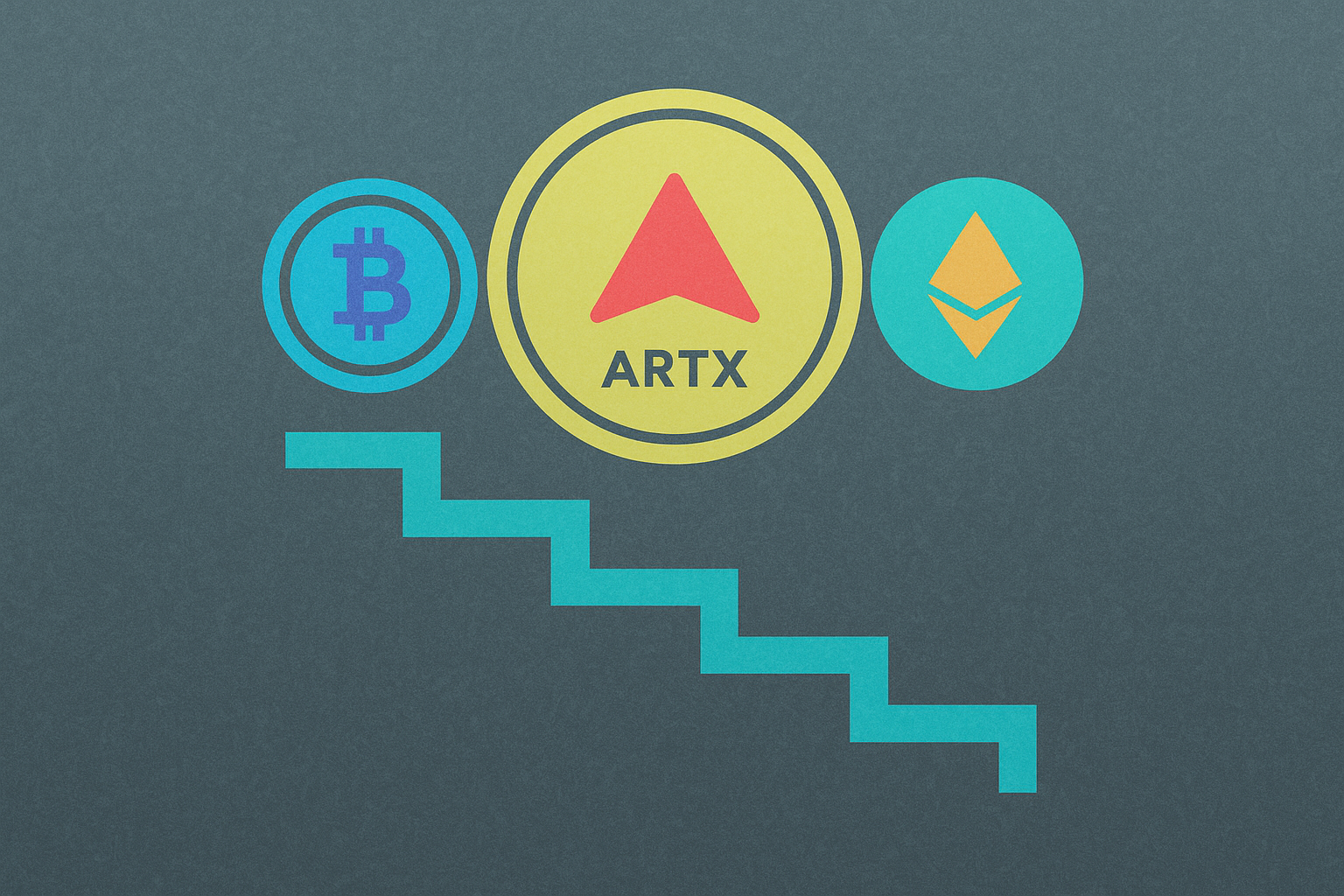Bitcoin'in Temel Analizini İnceleme Yöntemleri: Kripto Yatırımcılarına Özel Kapsamlı Rehber


Bitcoin'in temel analizinde, 21 milyon adetle sınırlı arzı öne çıkıyor
Bitcoin'in kıtlığı, en kritik temel özelliği olarak öne çıkar; yalnızca 21 milyon Bitcoin'in var olacağı matematiksel olarak garanti edilmiştir. Bu sınır, Satoshi Nakamoto'nun 2008'de Bitcoin protokolüne kodladığı ve sınırsız itibari para sistemlerinden ayrılan öngörülebilir bir para politikası yaratır.
Bugün itibarıyla yaklaşık 19,94 milyon Bitcoin çıkarılmış olup, bu rakam toplam potansiyel arzın %94,97'sini oluşturuyor. Kalan Bitcoin'ler ise yaklaşık 2140 yılına kadar madencilik yoluyla kademeli şekilde dolaşıma girecek.
| Bitcoin Arz Göstergeleri | Değer |
|---|---|
| Mevcut Arz | 19.944.128 BTC |
| Maksimum Arz | 21.000.000 BTC |
| Çıkarılan Yüzde | %94,97 |
| Son Madencilik Yılı | 2140 |
Bu kıtlık sistemi, Bitcoin'in yaklaşık her dört yılda bir gerçekleşen yarılanma (halving) etkinlikleriyle işler; yeni coin üretimi %50 azalır. Yeni arzın giderek azalması, birçok yatırımcı için merkez bankalarının genişleyici politikalarına karşı cazip bir deflasyonist ekonomik model sunar.
Finansal analistler, bu arz sınırını Bitcoin'in en güçlü değer önerisi olarak öne çıkarır. Sınırsız basılabilen devlet paralarının aksine, Bitcoin'in sonlu arzı, her bir birimin giderek daha nadir bir dijital varlık olmasını sağlar. Piyasa verileri de bu görüşü destekler; geçmişteki fiyat artışları, azalan arz dönemlerini takip etmiş ve Bitcoin, son bir yılda piyasa dalgalanmalarına rağmen %50,36 oranında değer kazanmıştır.
Network value to transactions (NVT) oranı, Bitcoin değerlemesinde temel bir göstergedir
Network Value to Transactions (NVT) oranı, Bitcoin'in hisse senedi piyasasında görülen F/K oranına benzer şekilde BTC'nin değerleme temellerini analiz etmeyi sağlar. Bu gösterge, Bitcoin'in piyasa değerini blokzinciri üzerinden günlük aktarılan USD hacmiyle karşılaştırır ve yatırımcıların aşırı değerlenmiş veya düşük değerlenmiş dönemleri belirlemesine yardımcı olur.
2025 yılında, NVT oranı Bitcoin'in fiyat dalgalanmaları arasında özellikle önemli bir değerleme aracı olarak öne çıkmıştır. Son analizlere göre Bitcoin, 83.000 dolar seviyelerinde işlem gördüğünde, NVT oranı gerçek blokzincir kullanımına dayalı adil piyasa değerini gösterdi ve spekülatif hareketlerden ayrıştı.
| NVT Durumu | Piyasa Yorumu | Bitcoin Fiyatı |
|---|---|---|
| Yüksek NVT | Olası aşırı değerlenme veya büyüme yatırım dönemi | 110.000 doların üzerinde (Ekim 2025) |
| Neutrel NVT | Değer ile fiyat arasında piyasa dengesi | ~83.000 dolar (Adil değer) |
| Düşük NVT | Ağ etkinliğine göre düşük değerlenme | Mevcut seviyelerin altı |
Başlıca analistler, Stock-to-Flow modellerine göre Bitcoin'in 2025 yıl sonunda yaklaşık 160.000 dolara ulaşabileceğini öngörse de, NVT oranı daha temkinli ve temel bir değerleme yaklaşımı sunar. Bitcoin'in piyasa değeri ile işlem hacmi arasındaki mevcut yakınlaşma, yatırımcıların BTC'yi fayda temelli değerlendirdiğini ve Bitcoin piyasasının olgunlaştığını göstermektedir.
Bitcoin'in merkeziyetsiz yapısı ve artan benimsenmesi uzun vadeli değerini artırıyor
Bitcoin'in merkeziyetsiz mimarisi, dijital ağlarda değer saklama ve transfer biçimini köklü şekilde değiştiriyor. Merkezî bir otoritenin olmaması, sadece 21 milyon Bitcoin üretileceği matematiksel olarak garanti edilen, güvene dayalı olmayan bir sistem sunar. Bu dijital kıtlık ilkesi, Bitcoin'in değer saklama fonksiyonunun temelini oluşturur ve enflasyona karşı koruma arayan kurumsal yatırımcıları kendine çeker.
Piyasa, bu değer unsurlarına güçlü büyüme projeksiyonlarıyla yanıt veriyor. Bitcoin'in küresel benimsenmesi farklı alanlarda hızla artıyor:
| Benimseme Göstergesi | Mevcut Durum | Gelecek Öngörüsü |
|---|---|---|
| Piyasa Büyüklüğü | 67,5 milyar dolar (2023) | 2031'de 138,3 milyar dolar |
| Kurumsal Varlıklar | Artış eğiliminde | Başlıca büyüme katalizörü |
| Kullanıcı Tabanı | 54,8 milyon sahip | Küresel olarak genişliyor |
Bitcoin'in ağ etkisi, değer önerisini daha da güçlendirir; kullanıcı sayısı arttıkça ağın faydası ve güvenliği aynı oranda artar. Bu olumlu geri besleme döngüsü, uzun vadeli değer artışını destekleyen güçlü bir benimseme dinamiği oluşturur.
Deflasyonist para politikası ile artan kullanım alanı birleşince Bitcoin hem işlem aracı hem de değer saklama mekanizması olarak cazibesini yükseltir. Piyasa hakimiyeti %56,79 olan Bitcoin, dijital varlık alanında liderliğini sürdürmekte, merkeziyetsiz yapısı ve artan benimsenmesiyle kripto para ekosisteminin en güçlü değer saklama aracı olmayı başarmıştır.
SSS
2030'da 1 Bitcoin kaç dolar olabilir?
2030 yılında, uzun vadeli projeksiyonlar ve mevcut büyüme trendlerine göre 1 Bitcoin'in değeri 250.000 ila 1 milyon dolar arasında değişebilir.
5 yıl önce Bitcoin'e 1.000 dolar yatırmış olsaydım ne olurdu?
5 yıl önce Bitcoin'e 1.000 dolar yatırdıysanız, bugünkü değeri yaklaşık 9.784 dolar olurdu; bu da önemli bir değer artışı ve borsa ortalamasının üzerinde bir getiri anlamına gelir.
BTC neden düşüyor?
BTC, 107.000 dolar seviyesindeki kritik desteği kırıp tutunamadığı için değer kaybediyor. Bu da fiyatın 85.700-94.400 dolar aralığına gerileme olasılığını ve piyasada düşüş eğiliminin hakim olduğunu gösteriyor.
1 Bitcoin kaç Amerikan doları?
05 Kasım 2025 itibarıyla 1 Bitcoin yaklaşık 50.000 Amerikan dolarıdır. Fiyat sürekli değişir. Güncel kurları kontrol edin.

2025 BTC Fiyat Tahmini: Bitcoin’i Yeni Zirvelere Taşıyabilecek Makroekonomik Faktörlerin ve Piyasa Döngülerinin Analizi

Mevcut Tahminlere Göre 2030 Yılında Bitcoin'in Fiyatı Ne Olacak?

Bitcoin’in temel analizinde öne çıkan başlıca faktörler hangileridir?

Bitcoin'in Token Ekonomi Modeli, Değerini ve Kullanıcı Teşviklerini Nasıl Etkiler?

Bitcoin'in Değer Evriminin Analizi: Dört Halving Etkinliğinden Çıkarılan Sonuçlar

Koma Inu (KOMA) iyi bir yatırım mı?: 2024 yılı için riskler, potansiyel getiriler ve piyasa temellerine dair kapsamlı bir analiz

Tether Gold (XAUT) için piyasa görünümü; 1,63 milyar dolar piyasa değeri ve 38,13 milyon dolar 24 saatlik işlem hacmi ile nedir?

HYPE'nin MACD, RSI ve Bollinger Bands gibi teknik analiz göstergeleri, bir sonraki fiyat hareketini nasıl tahmin edecek?

ARTX fiyatındaki dalgalanma, 2025 yılında Bitcoin ve Ethereum ile nasıl kıyaslanıyor?

Token ekonomi modeli nedir: PEPE'nin %93,1 likidite ayrımıyla deflasyonist yapısı detaylandırıldı







